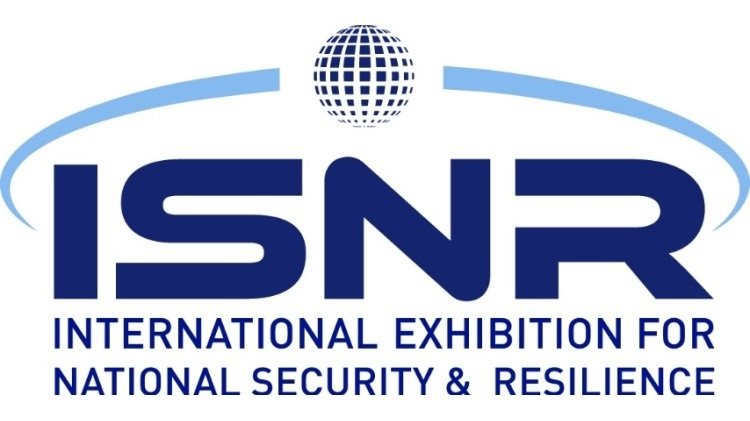

For an active-active configuration, they are "sandwiched" between load balancers with two subnets. In a typical deployment architecture, the FortiGate instances are deployed in a "load balancer sandwich" architecture. To scale horizontally, choose the active-active configuration, adding additional instances as needed. To scale vertically, choose the active-passive configuration, adding more OCPUs and RAM when needed. The key considerations when selecting a deployment option are scalability, resiliency, and high availability. You can deploy the FortiGate next generation firewall (NGFW) in an active-active configuration or in an active-passive configuration.Įither deployment option offers high-availability protection. With its DPI technology, FortiGate acts as a checkpoint for north-south or east-east traffic to verify whether the packets are safe to pass.

DPI involves examining not only the packet's header, but also the data the packet is carrying. Normal packet inspection examines only the packet's header. Protection of east-west network traffic, while controlling, inspecting, and securing traffic between OCI virtual cloud networks (VCNs).įortigate provides deep packet inspection (DPI), or packet sniffing, to examine the content of data packets on the network.This protection covers traffic between an on-premise network to the VCN, as well as traffic flowing to and from the Internet. Protection of north-south network traffic, while controlling, inspecting, and securing traffic outside of the OCI virtual cloud networks (VCNs).You can find and deploy different configurations of the virtual FortiGate NGFW appliance from the Oracle Cloud Infrastructure (OCI), providing companies with scalable performance, advanced security orchestration, and unified threat protection for the workloads they're running on OCI.įortiGate NGFW provides companies with greater application control, web filtering, advanced threat detection, antivirus, intrusion prevention, virus outbreak protection service, content disarm and reconstruction, and anti-botnet security. This security fabric has recently been natively integrated with Oracle Cloud The single console view spans physical, virtual, and cloud infrastructures including private, public, and hybrid clouds.


Preventing unauthenticated users from crashing devices remotely or from executing code is exactly what Fortinet's next generation firewall (NGFW) is designed to do.įortinet's security fabric spans both data centers and clouds to provide companies with a consolidated view of their security posture and to provide a single console for policy management, governance reporting, and event monitoring.


 0 kommentar(er)
0 kommentar(er)
